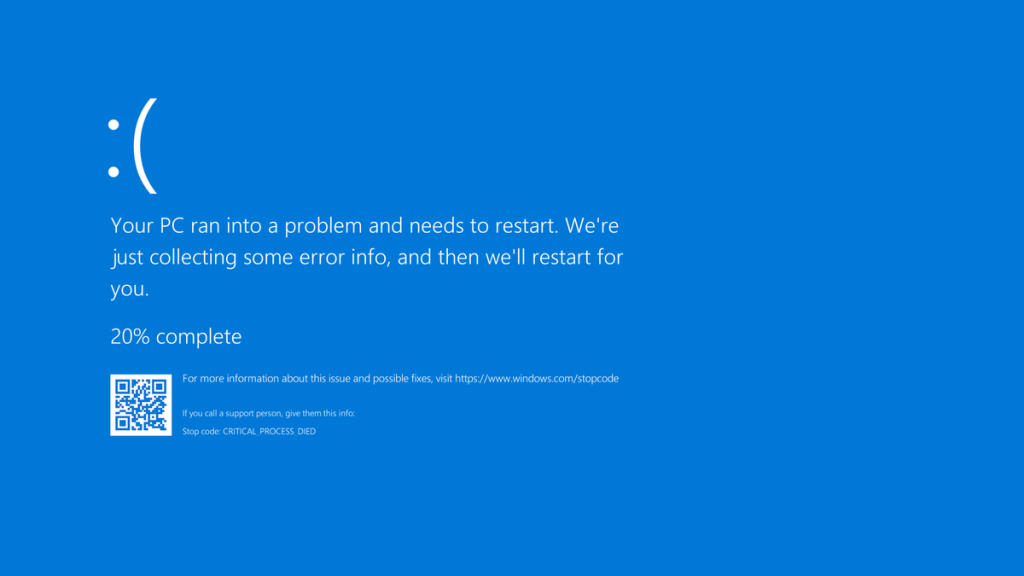Microsoft has played a vital role in shaping computing culture, inspiring both admiration and frustration. From error screens to nostalgic backgrounds, its design choices have left lasting impressions on users worldwide. Here are five iconic Microsoft legacies that continue to resonate:
1. The Blue Screen of Death (BSOD)
A dreaded sight for PC users, the Blue Screen of Death has been part of Windows since its earliest versions. This fatal error message, originally composed by former CEO Steve Ballmer, became infamous for abruptly halting work and forcing users to restart their computers. Over the years, Microsoft has softened the experience by adding error codes for troubleshooting and, in modern versions, a sad-face emoji.

2. The Bliss Background
Few images are as instantly recognisable as the “Bliss” wallpaper from Windows XP. Capturing rolling green hills under a bright blue sky, this photograph by Chuck O’Rear became “the world’s most-viewed picture.” For many, it symbolises a simpler era of computing, sparking nostalgia and inspiring countless memes and remixes.
3. The Windows Startup Sounds
Microsoft has long tried to make booting up a PC a pleasant experience, none more so than with the Windows 95 startup sound. Composed by music legend Brian Eno, the six-second chime was designed to be “inspiring, futuristic, and emotional.” Since then, Windows startup sounds have evolved, but the iconic tune remains a hallmark of ‘90s computing.
4. Clippy, the Not-So-Helpful Assistant
Before AI chatbots, there was Clippy—the animated paperclip assistant in Microsoft Office. Introduced in the late 1990s, Clippy often misunderstood user intentions, making unhelpful suggestions, especially when drafting letters. While widely mocked, Clippy remains a beloved relic of early digital assistance and has even been resurrected as an AI-powered feature in Windows 11.
5. The Secret Flight Simulator
Microsoft’s Flight Simulator franchise is well-known, but many users were surprised to find a hidden mini-game buried in Excel 97. By entering a secret sequence of commands, users could launch a simplistic neon-coloured flight simulator within the spreadsheet program. This Easter egg is one of many hidden surprises Microsoft has embedded in its software over the years.

